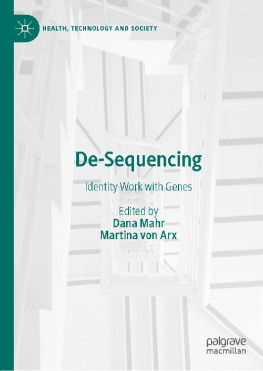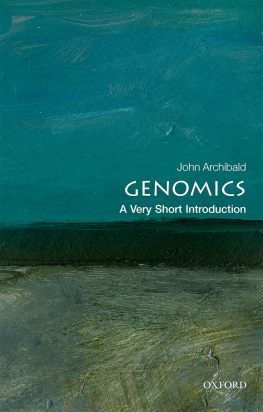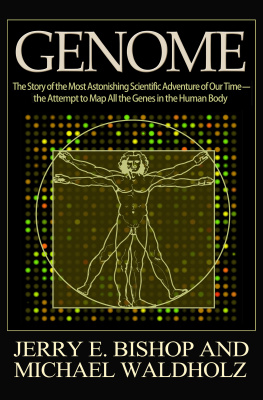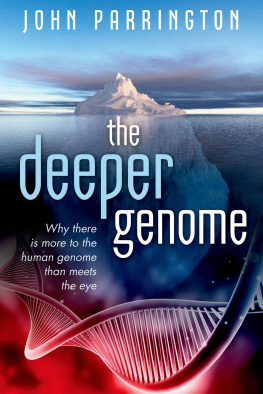I was born in 1964. While I continue to make peace with social networking, I still think of myself as too old to be an organic part of the exhibitionism on YouTube, Facebook, Twitter, and MySpace. At best I am a poseur. I play in an occasional rock band with some other forty-somethings, and while we have a MySpace page, none of us is terribly adept at using it. We have no idea, for example, how to program a bot to troll cyberspace and accumulate friends like so many chocolate Easter eggs; we have outsourced that kind of stuff to younger friends and to our children. We tend to be less mercenary than younger bands; we friend people we know and musicians we admire, never mind that in many cases theyre dead (these days the definition of friendship doesnt even require that both parties be capable of drawing breath). In my band we will post pictures or movies of ourselves, but almost always with ambivalence, as we find them to be dorky, pretentious, or otherwise embarrassing. Like any collection of forty-five-year-olds still writing songs and performing them in dingy college-town bars on Friday nights for a dozen of their most patient, loyal, and sleepy friends, we are narcissists and stultifyingly vain, to be sure, but hey, at least were discriminating.
As much as I want to hide my potbelly (probably a sign of insulin resistance and determined by genes acting in concert with ice cream), I agreed to make my genomethe DNA sequence that I inherited from my parents and that is uniquely mine just as yours is uniquely yours have been lauded for our bravery by friends and colleagues, derided for our elitism and egotism by some social and genome scientists, and largely ignored by the medical establishment.
Are wewere wereally so brave? One of my favorite people who thinks about these things, Stanford law professor Hank Greely, said not long ago, People believe in the magic of genes, and buy into the idea that they are the deepest secrets of our being. But maybe my credit card records come closer to being a deep secret of my being.
As of mid-2010, few whole human genomes had been sequencedcertainly no more than a few hundred. But in the next couple of yearsor monthsthere will be thousands more, at least some of which will be widely shared with researchers or anyone whos interested. And the genome-lite versionhaving a half million or two million DNA markers analyzed for a few hundred bucks by private companies rather than a full sequenceis already a cheap commodity entrenched in the marketplace, much to the chagrin of many doctors and geneticists, and to the befuddlement of regulatory agencies.
What will this real-time experiment in science and radical openness mean? DNA sequencing may soon be cheap enough and reliable enough to make personal genomics as pervasive as cell phones, iPods, and LASIK surgery (assuming that, like those things, DNA sequences are actually useful).
But cheap sequencing and widespread sharing of genomic data will also bring with them unintended consequences, card-carrying bioethicists second favorite phrase behind slippery slope. Nightmare scenarios include identity theft and loss of insurance.
On the other hand, even the leftiest and most passionate civil liberties advocates would have to concede that genetic discrimination is relatively rare: the two most notorious cases occurred several years ago. In one, Burlington Northern Santa Fe Railway was found to be surreptitiously testing its workers for a genetic variant thought to predispose to carpal tunnel syndrome (it doesntthe company couldnt even figure out how to discriminate right); the railroad settled with thirty-six workers for $2.2 million in 2002. One presumes that in both cases the employers would have used positive test results (pregnancy?!) to justify denying the employees insurance, raising their out-of-pocket costs for health benefits, or perhaps even firing them.
Again, two cases do not an epidemic make. But, as a former mentor of mine used to say, Absence of evidence is not evidence of absence. Despite the lack of litigation, it may be that the temptation for employers to go all actuarial on their current and future employees is still too great. In 2005, for example, a higher-up at Walmart floated the idea of discouraging less healthy people from applying to work at the company, as a way of holding down health-care costs. In her memo, the vice president noted that Walmart workers tend to develop obesity-relatedand partly geneticdiseases such as diabetes and heart disease at a higher rate than the national population (at the time, less than 45 percent of Walmarts employees had company health insurance).
As I worked through drafts of this book, the world kept changing. The military has since revised its draconian policies on preexisting conditions. Twelve years in the making, it was the end of a long and tortuous road for patient activists and a rare kumbaya moment in Washington in the post-9/11 Bush era.
But GINA was not and will not be a panacea: it is limited to employment and health insurance. It says nothing about life, disability, or long-term care insurance, all of which are likely to be of greater interest to insurance companies and to Alzheimers patients and their families. Thus, if an insurer wants to deny you coverage or charge you exorbitant fees because you carry two copies of the APOE allele
And its power over employers will be tested. Recently Pamela Fink of Fairfield, Connecticut, found out that she carried a mutation in BRCA2, one of the two most powerful hereditary breast cancer susceptibility genes. Despite years of glowing reviews from her employer, MXenergy, after she shared her results with her bosses, she was demoted and eventually fired.
And I was gonna put my entire DNA sequence on the Web?
In August 1996 I sat among a crowd of hundreds of other graduate students at Case Western Reserve University. As with most graduations, there was a palpable euphoria in the air. It was a rare cloudless summer day in Cleveland, an aging industrial city in northeast Ohio arguably most famous for a serpentine river that once caught fire. I made giddy small talk with the guy behind me in line as we waited our turn to make a brief procession across the stage, each of us feeling uncomfortable and a bit fraudulent in our caps and baggy gowns, anxious to shake hands with a dean wed never met and take our elaborately adorned pieces of paper to be framed.
I wasnt going to win any prizes for originality or brilliance, but to my mothers and my own surprise, I had stuck it out and gotten my doctoral degree in genetics. I had spent the previous five years studying a rare birth defect called Hirschsprungs disease, named for the nineteenth-century Danish physician who first described it. It is also sometimes referred to by the even more unwieldy name congenital aganglionic megacolon. Given that the adult intestinal tract is twenty-five feet long, its not surprising that it requires some local neuronal signals to keep things moving along. Hirschsprungs disease occurs when, during early embryonic development, those neurons fail to take up residence in some part of the gut. Usually the few inches closest to the rectum are affectedthis makes sense since those are the cells that will have traveled the farthest as the embryo grows.
The Hirschsprungs patient has great difficulty moving his bowels past the part without nerve cellseverything stalls. The bit just before the aganglionic segment swells, sometimes to the size of a football. Any competent pediatric surgery resident can look at an X-ray of a newborn Hirschsprung babys distended gut and make a reasonable guess at the diagnosis, which is confirmed by biopsy.







